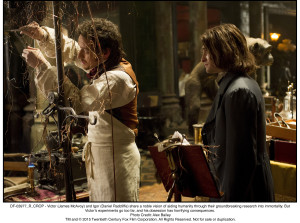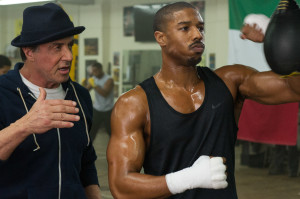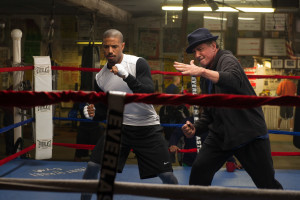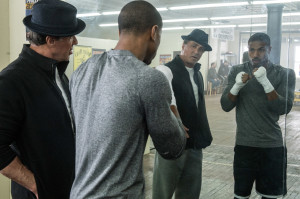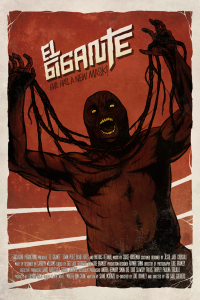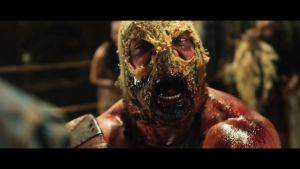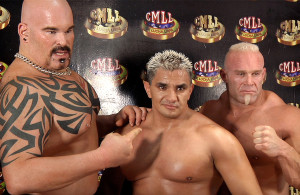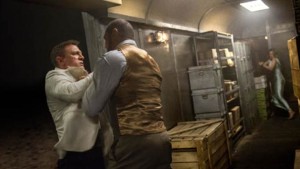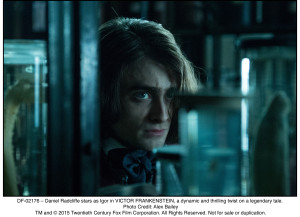
Daniel Radcliffe’s Igor is transformed from freakshow hunchback to handsome scientist in “Victor Frankenstein”. Photo by Alex Bailey.
Those expecting Victor Frankenstein to be a gothic horror movie about a man-made monster will be gravely disappointed. As the name implies, this movie is more about the oft-overlooked man that created the monster, not the monster itself. More specifically, this movie provides a backstory for Igor (Daniel Radcliffe), the mad scientist’s hunchbacked henchman that has come to be an integral part of the Frankenstein mythos (even though he’s not part of Mary Shelley’s original story). I’m guessing the movie isn’t called Igor because: a) there was an animated film with that name just a few years ago and b) the name Frankenstein is much more recognizable to moviegoers.
As a nameless freakshow clown, Radcliffe’s deformed figure proves to be an idiot savant whose innate understanding of human anatomy is illustrated (literally, thanks to some inventive filmmaking techniques) when Lorelei (Jessica Brown Findlay), the acrobatic object of his affection, falls to what would otherwise be her doom. Victor Frankenstein (James McAvoy) happens to witness this accident, as well as the clown’s miraculous ability to save Lorelei. Realizing the hunchback’s potential, Frankenstein takes him away from the abusive confines of the circus and straightens him out with an incredibly simple medical procedure. This procedure, along with a makeshift back brace, a shower and a haircut, transform the hunchback into a rather handsome young scientist named after Frankenstein’s estranged roommate. Though this overnight change is a bit far-fetched, it’s somewhat acceptable given the movie’s occasional comedic tone.
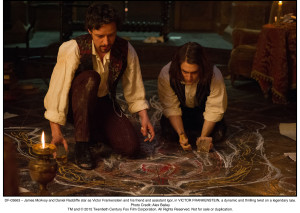
Frankenstein (James McAvoy) and Igor (Daniel Radcliffe) plan to create a monster in man’s image in “Victor Frankenstein”. Photo by Alex Bailey.
Frankenstein immediately recruits the former carnie to help him with his experiments in reanimating a creature assembled from various stolen animal parts (primarily chimpanzee), and the chemistry between the two is undeniable. Frankenstein proves his Promethean power when the creature is brought to life with a jolt of electricity. Though Igor sees the err in Frankenstein’s ways when he looks into the lifeless eyes of this aggressive beast before it is put out of its misery, Frankenstein is inspired by his success and begins planning his next experiment: the godlike idea of creating a creature in his own image. But this monster, with two hearts, four lungs and a mammoth frame, is physically far greater than the mad doctor.
Inspector Roderick Turpin (Andrew Scott) is on to Frankenstein’s madness and looks to prevent him from conducting any additional experiments. His religious objections to Frankenstein’s scientific advances are a bit heavy-handed (and result in him losing a hand), but his motivations are just, considering the scientist’s nefarious tactics. The conflicting morals of Frankenstein, Igor and Turpin manifest themselves just as the monster itself takes its first few breaths. Though he’s only present in the final moments of the film, Frankenstein’s monster creates enough chokeslamming chaos to make Frankenstein realize he’s created something far more powerful than he ever imagined. Why the monster, who has no spoken lines aside from some grunts and growls, is portrayed by accomplished actor Charles Dance instead of someone more physically imposing makes no sense. With some impressive makeup and prosthetics, however, he’s still a menacing figure despite the brevity of his appearance.
In much the same way the Sherlock Holmes films have reimagined a familiar story in a comically-stylized new way, Victor Frankenstein reinvents this 19th century mad scientist tale in a visually flashy fashion. Though there is little, if any, horror involved and a little more comedy than expected, the movie breathes a few absurd new breaths of life into a story typically dominated by the monster itself.
www.foxmovies.com/movies/victor-frankenstein

